Rhinophyma treatment – Friday Pop Quiz 02/26
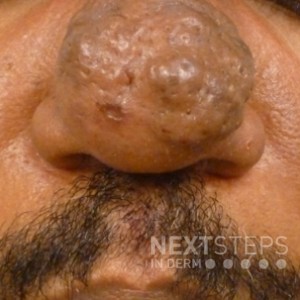 What is the best choice of a wavelength of a laser to treat the changes you see here?
A. 595 nm
B. 1,064 nm
C. 810 nm
D. 755 nm
E. 10,600 nm
To find out the correct answer and read the explanation, click here.
Brought to you by our brand partner Derm In-Review. A product of SanovaWorks.
…
What is the best choice of a wavelength of a laser to treat the changes you see here?
A. 595 nm
B. 1,064 nm
C. 810 nm
D. 755 nm
E. 10,600 nm
To find out the correct answer and read the explanation, click here.
Brought to you by our brand partner Derm In-Review. A product of SanovaWorks.
…
 What is the best choice of a wavelength of a laser to treat the changes you see here?
A. 595 nm
B. 1,064 nm
C. 810 nm
D. 755 nm
E. 10,600 nm
To find out the correct answer and read the explanation, click here.
Brought to you by our brand partner Derm In-Review. A product of SanovaWorks.
…
What is the best choice of a wavelength of a laser to treat the changes you see here?
A. 595 nm
B. 1,064 nm
C. 810 nm
D. 755 nm
E. 10,600 nm
To find out the correct answer and read the explanation, click here.
Brought to you by our brand partner Derm In-Review. A product of SanovaWorks.
… Continue reading "Rhinophyma treatment – Friday Pop Quiz 02/26"


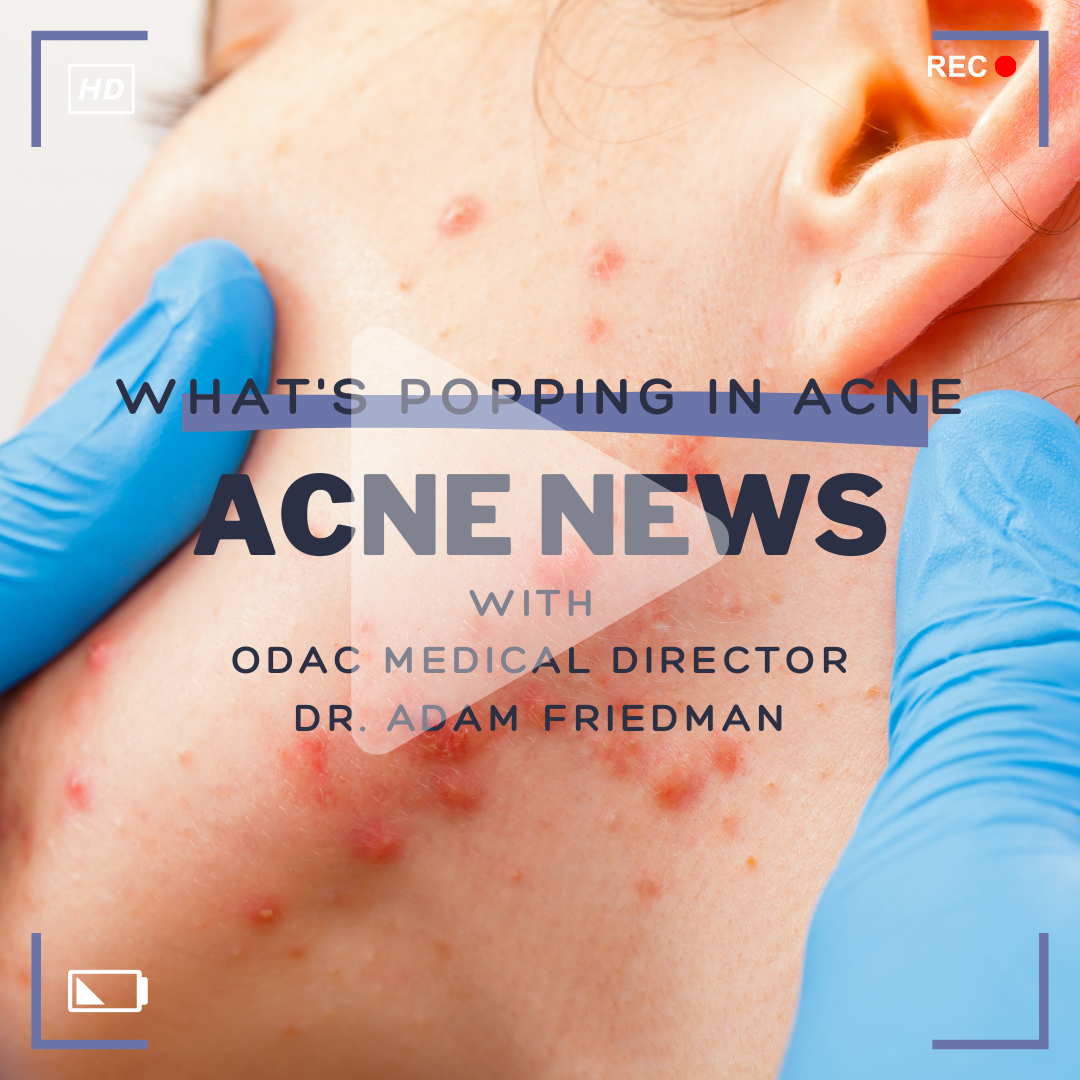 Straight from the desk of ODAC Medical Director, Dr. Adam Friedman, we share what’s popping in acne (spoiler alert: quite a lot!). According to Dr. Friedman, the innovation drought is over! Watch as he reviews all new topical and oral therapeutics (some of which are completely new active agents) and while at it, shares and debunks important information related to the management of acne vulgaris …
Straight from the desk of ODAC Medical Director, Dr. Adam Friedman, we share what’s popping in acne (spoiler alert: quite a lot!). According to Dr. Friedman, the innovation drought is over! Watch as he reviews all new topical and oral therapeutics (some of which are completely new active agents) and while at it, shares and debunks important information related to the management of acne vulgaris … 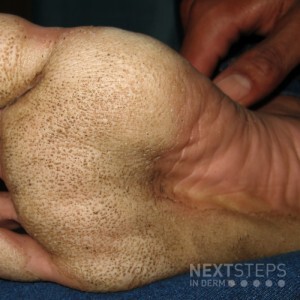 What organism caused this disease?
A. Kytococcus sedentarius
B. Candida albicans
C. Staphylococcus aureus
D. Corynebacterium tenuis
E. Corynebacterium diphtheriae
To find out the correct answer and read the explanation, click here.
Brought to you by our brand partner Derm In-Review. A product of SanovaWorks.
…
What organism caused this disease?
A. Kytococcus sedentarius
B. Candida albicans
C. Staphylococcus aureus
D. Corynebacterium tenuis
E. Corynebacterium diphtheriae
To find out the correct answer and read the explanation, click here.
Brought to you by our brand partner Derm In-Review. A product of SanovaWorks.
… 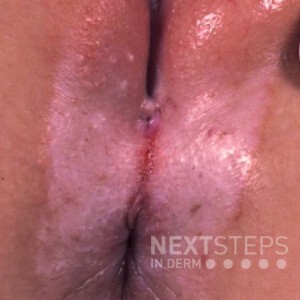 What complication can occur if this disease is left untreated?
A. Development of a squamous cell carcinoma
B. Testicular torsion
C. Erectile dysfunction
D. Impotence
E. Pseudo-ainhum
To find out the correct answer and read the explanation, click here.
Brought to you by our brand partner Derm In-Review. A product of SanovaWorks.
…
What complication can occur if this disease is left untreated?
A. Development of a squamous cell carcinoma
B. Testicular torsion
C. Erectile dysfunction
D. Impotence
E. Pseudo-ainhum
To find out the correct answer and read the explanation, click here.
Brought to you by our brand partner Derm In-Review. A product of SanovaWorks.
… 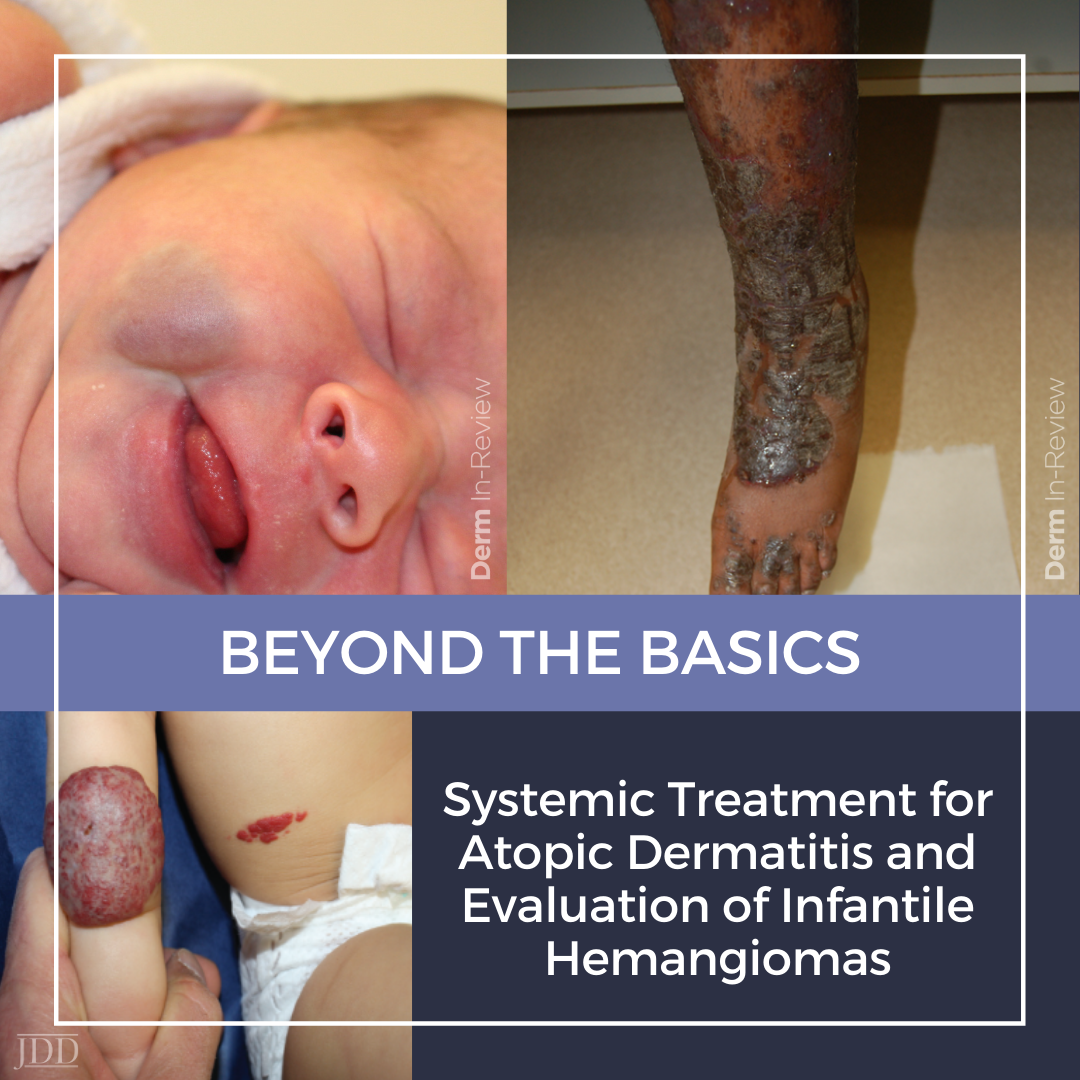 To kick off ODAC 2021, Dr. Yasmine Kirkorian, MD, tackled two clinical dilemmas that are frequently seen among pediatric patients in the dermatology office: poorly controlled atopic dermatitis and infantile hemangiomas. Dr. Kirkorian reviewed currently available systemic therapies for atopic dermatitis as well those in the drug development pipeline. She went into detail about how she utilizes he …
To kick off ODAC 2021, Dr. Yasmine Kirkorian, MD, tackled two clinical dilemmas that are frequently seen among pediatric patients in the dermatology office: poorly controlled atopic dermatitis and infantile hemangiomas. Dr. Kirkorian reviewed currently available systemic therapies for atopic dermatitis as well those in the drug development pipeline. She went into detail about how she utilizes he …